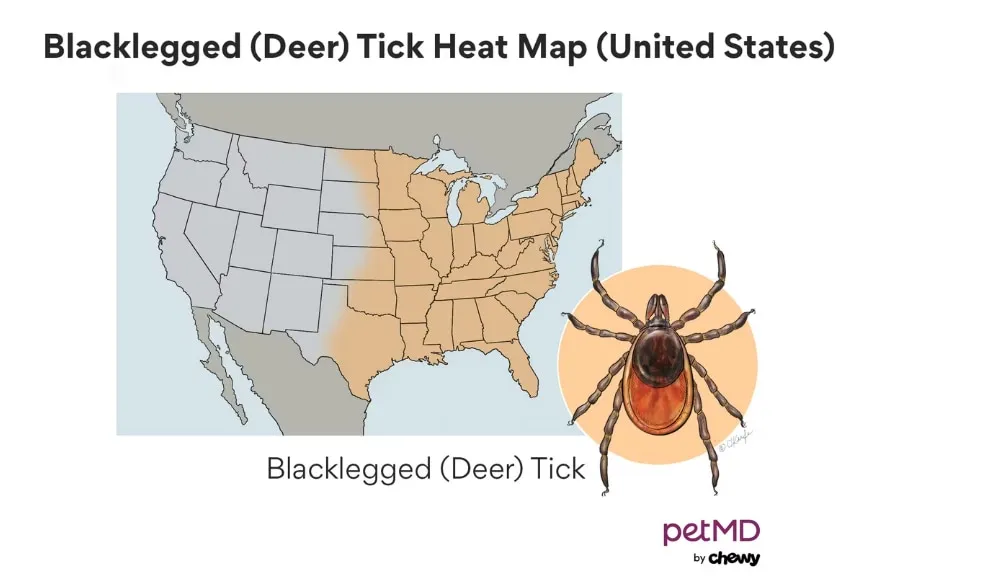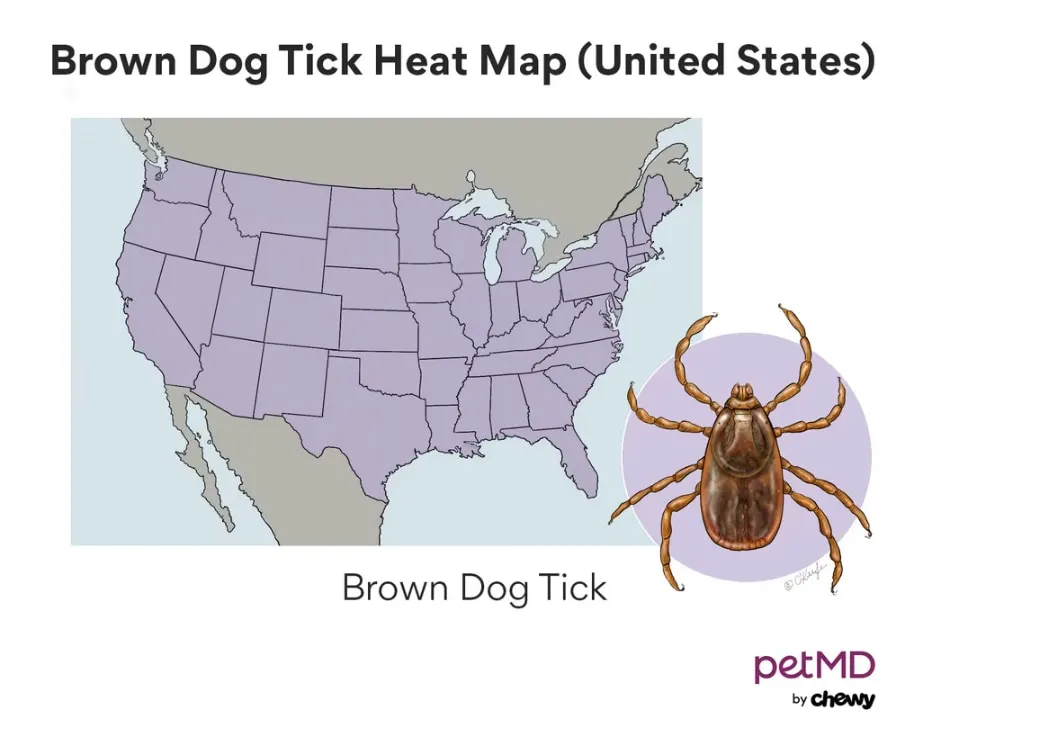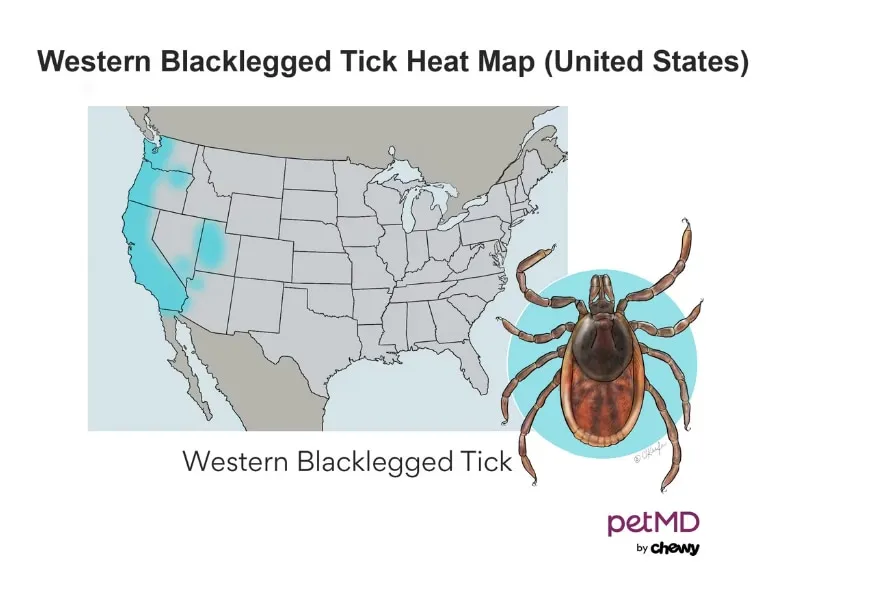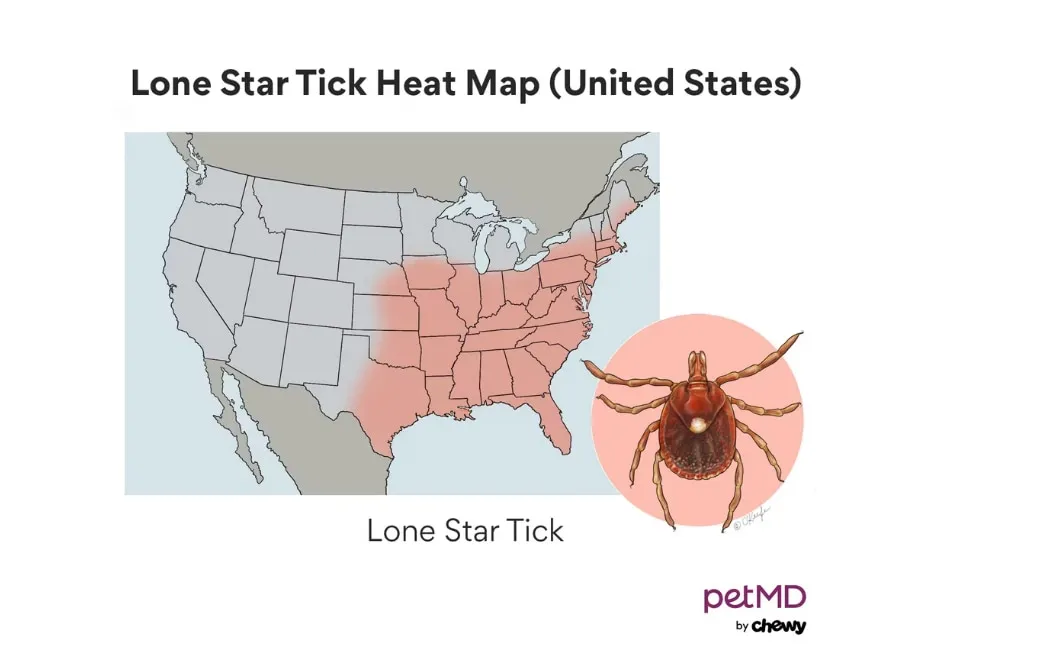Bringing a new puppy home is an exciting and joyous occasion, filled with playful moments and endless cuddles. However, it also comes with significant responsibilities, one of the most crucial being their health and preventative care. Among the common concerns for new puppy parents is protecting their furry friend from external parasites like fleas and ticks. While many effective options exist, understanding how to choose safe and effective Over The Counter Flea Medicine For Puppies is paramount. It’s a landscape that requires careful navigation, as not all products are created equal, and some can even be harmful if used incorrectly on young, developing dogs.
This guide will delve into the world of flea and tick prevention for puppies, specifically focusing on over-the-counter solutions. We’ll explore why prevention is so vital, what factors you need to consider before purchasing any product, and highlight popular options suitable for your young canine companion. Remember, while convenience is a factor, your veterinarian is always your best resource for personalized advice, ensuring your puppy receives the safest and most effective care possible. Finding effective preventative care doesn’t have to break the bank; there are often cheap heartworm and flea medicine for dogs options available when chosen wisely with veterinary guidance.
Why Flea and Tick Prevention is Crucial for Puppies
Fleas and ticks are more than just annoying pests; they are ectoparasites, meaning they live on the outside of their host and feed on blood. For puppies, their small size and developing immune systems make them particularly vulnerable to the detrimental effects of these parasites.
The direct impact on a puppy’s health can be severe. Flea bites can trigger allergic reactions, leading to intense itching, skin inflammation (dermatitis), and secondary bacterial infections from excessive scratching. For small puppies, a heavy flea infestation can lead to significant blood loss, resulting in life-threatening anemia. Tick bites can cause localized infections, abscesses, and in rare cases, even paralysis.
Beyond direct irritation, these nasty parasites can harbor and spread a variety of diseases. While some diseases might be less common in very young puppies, the risk increases with exposure. Some notable diseases include:
- Flea-borne diseases: Flea allergy dermatitis, Bartonellosis (cat scratch disease), and tapeworm infestations (if a puppy ingests an infected flea).
- Tick-borne diseases: Lyme disease, Ehrlichiosis, Anaplasmosis, and Rocky Mountain Spotted Fever.
Crucially, some of these diseases can spread from dogs to people, a concept known as zoonosis. This makes effective flea and tick control not just a matter of pet health, but also a public health concern for your entire household. Keeping fleas and ticks off your puppy and out of your home is a critical step in safeguarding both canine and human health.
When Should Puppies Start Flea and Tick Prevention?
Fleas and ticks are resilient parasites that can thrive in many climates and geographical areas, often persisting year-round. Given their ability to transmit serious diseases to both puppies and humans, it’s essential to initiate flea and tick prevention early in a puppy’s life.
Most veterinary professionals recommend starting flea and tick prevention for puppies as early as 8 weeks of age, provided they meet specific weight requirements outlined on product labels. Some products, like certain topical solutions, may even be safe for puppies as young as 6 weeks. It is vital to continue this prevention year-round throughout your dog’s life, as there is no true “off-season” for these pests in many regions. Consistent protection ensures your puppy is shielded from potential infestations and the associated health risks. Always consult the product label and your veterinarian to confirm the appropriate starting age and weight for any preventative medicine.
Understanding Over-the-Counter Flea Medicine for Puppies
When searching for flea treatment, you’ll encounter two main categories: over-the-counter (OTC) products and prescription medications. Over-the-counter options are widely available without a veterinarian’s prescription, often found at pet stores, supermarkets, or online retailers.
Pros of OTC Flea Medicine for Puppies:
- Accessibility: OTC products are easy to purchase, offering immediate access when you notice fleas.
- Cost-Effectiveness: Generally, OTC options are more budget-friendly than prescription alternatives.
- Variety: There’s a wide range of application methods, including topicals, collars, shampoos, and oral treatments (though oral OTC options for puppies are less common and require more caution).
Cons and Risks of OTC Flea Medicine for Puppies:
- Incorrect Dosage & Toxicity: This is the most significant risk for puppies. Products designed for adult dogs or incorrect dosages can be toxic or even fatal to a smaller, developing puppy. Many OTC products contain older active ingredients that may not be as safe or effective as newer prescription compounds.
- Limited Efficacy: Some OTC products, especially older formulations or natural remedies, may not be as effective at eliminating fleas and preventing re-infestation as prescription medications. They might only kill adult fleas, failing to address eggs and larvae, leading to recurring problems.
- Lack of Comprehensive Protection: Many OTC products only target fleas, providing no protection against ticks, heartworms, or intestinal parasites. Comprehensive flea tick and intestinal worm treatment for dogs is often found in prescription medications.
- Adverse Reactions: Without veterinary oversight, identifying and managing an adverse reaction to an OTC product can be challenging and dangerous for a puppy.
Key takeaway: While OTC flea medicines for puppies offer convenience, the paramount importance of safety and efficacy cannot be overstated. Always check in with your veterinarian to ensure any OTC flea preventative you choose is a safe and appropriate option for your specific puppy, considering their age, weight, breed, and overall health.
Choosing the Right Over-the-Counter Flea Medicine for Your Puppy
Selecting the appropriate over-the-counter flea medicine for your puppy requires careful consideration to ensure both effectiveness and safety. Always prioritize your puppy’s well-being by scrutinizing product labels and, ideally, consulting your veterinarian beforehand.
Crucial Considerations for Puppies:
Age and Weight Restrictions: This is the absolute most critical factor for puppies. Most flea preventatives have strict minimum age (e.g., 6, 7, or 8 weeks) and weight requirements (e.g., 3-5 pounds). Using a product intended for an older or larger dog can lead to severe toxicity or overdose in a small puppy. Always confirm your puppy meets both the age and weight criteria specified on the product label.
Application Method: Flea preventatives commonly come in several forms:
- Topical Solutions (“Spot-Ons”): These are liquids applied to a small area of skin, usually between the shoulder blades.
- Pros: Good for picky eaters or puppies with sensitive stomachs who might refuse oral medication.
- Cons: Can be an issue if you have small children or other pets who might touch or lick the application site before it dries. Efficacy can be reduced by frequent bathing or swimming, which might be common for a playful puppy.
- Oral Chewable Tablets: While many effective oral flea medicines are prescription, some older formulations might be found OTC.
- Pros: Easy to administer like a treat, not affected by bathing or swimming.
- Cons: You must ensure the puppy eats the entire tablet and doesn’t vomit it up before absorption. Always ensure the product is specifically approved for puppies of your dog’s age and weight. Oral flea medicine in pill form for dogs is often more effective, but mostly prescription.
- Flea Collars: Some OTC flea collars are available.
- Pros: Long-lasting protection, easy to apply.
- Cons: Older-generation collars may not be as effective, can cause skin irritation, and the active ingredients may not distribute evenly across the body. There’s also a choking hazard if not fitted correctly. Ensure it’s explicitly safe for puppies.
- Shampoos, Sprays, and Dips: These provide immediate, but temporary, relief by killing fleas on contact.
- Pros: Fast action for active infestations. Flea combs are also excellent for mechanical removal, especially for very young puppies not yet old enough for chemical treatments.
- Cons: Do not offer residual protection, meaning fleas can return quickly. Dips can be harsh, and shampoos often require precise contact time and can strip natural skin oils. Always use puppy-specific formulas and follow directions carefully.
- Topical Solutions (“Spot-Ons”): These are liquids applied to a small area of skin, usually between the shoulder blades.
Active Ingredients: Understand the active ingredients in the product. Common OTC ingredients include pyrethrins, permethrins (toxic to cats!), imidacloprid, fipronil, (S)-methoprene, and pyriproxyfen. Research these ingredients or ask your vet if you are unsure about their safety for puppies. Some ingredients, particularly those found in older, less regulated OTC products, may have a higher risk of adverse reactions in young animals.
Targeted Parasites: While your primary search is for “flea medicine,” consider products that also offer protection against ticks if they are prevalent in your area. Some OTC options are flea-only, while others provide broader spectrum protection. Be aware that comprehensive protection against internal parasites like heartworms and intestinal worms is typically found in prescription combination products.
Geography and Environment: Different geographic locations host different local parasite populations. Resources like the Companion Animal Parasite Council (CAPC) provide prevalence maps to help you identify the parasites common in your area. Consider your puppy’s lifestyle: even primarily indoor puppies can pick up fleas from visiting pets or even hitchhiking fleas on human clothing. Puppies who spend time in dog parks, wooded areas, or tall grass are at higher risk.
 Geographic risk for fleas in puppies
Geographic risk for fleas in puppies
 Tick prevalence affecting puppies
Tick prevalence affecting puppies
 Heartworm disease risk for puppies
Heartworm disease risk for puppies
 Intestinal parasite distribution for puppies
Intestinal parasite distribution for puppies
Breed Sensitivity (MDR-1 Gene): Certain dog breeds, such as Collies, Australian Shepherds, and Shetland Sheepdogs, may carry a gene mutation called MDR-1. This mutation makes them sensitive to certain medications, as their bodies have difficulty breaking them down. While modern parasite preventatives are often tested for safety in MDR-1 affected dogs, it’s a vital consideration. If you own an at-risk breed, discuss this with your vet before administering any medication, even OTC.
Existing Medical Conditions: Never use any preventative without thorough discussion with your veterinarian if your puppy has a history of seizures, epilepsy, or other neurological disorders. Isoxazoline-class drugs (often prescription, but worth noting) should be used with extreme caution in these cases. Also, if your puppy is sick, underweight, or has previously had an allergic reaction to a medication, veterinary consultation is non-negotiable. For managing other parasitic concerns, such as specific mite infestations, there are also various over the counter mite treatment for dogs options available, but always with caution. Separately, if your puppy exhibits symptoms of ear mites, best medicine for ear mites in dogs often requires a veterinary diagnosis and specific treatment.
Popular Over-the-Counter Flea Products Suitable for Puppies
When considering over-the-counter flea medicine for puppies, several popular brands offer products specifically formulated with age and weight restrictions suitable for young dogs. It’s crucial to understand what each product offers and its limitations, and always, always cross-reference with your veterinarian before use.
Advantage II (Topical)
Advantage II is a topical monthly solution containing imidacloprid and pyriproxyfen. This combination acts quickly to kill all forms of fleas (eggs, larvae, and adults) and chewing lice within hours.
- What it treats: Fleas and chewing lice.
- Puppy suitability: Safe for dogs and puppies over 7 weeks of age and weighing more than 3 pounds.
- Note: Does not provide tick prevention.
Frontline Gold (Topical)
Frontline Gold is a monthly topical product with fipronil, (s)-methoprene, and pyriproxyfen. It’s designed for fast action against multiple parasites.
- What it treats: Kills fleas, ticks, and chewing lice within hours.
- Puppy suitability: Suitable for dogs and puppies over 8 weeks of age and weighing more than 5 pounds.
Frontline Plus (Topical)
Frontline Plus is another topical monthly solution, containing fipronil and (s)-methoprene. It’s a well-known name in flea and tick control.
- What it treats: Kills fleas, ticks, and chewing lice.
- Puppy suitability: Can be used on dogs and puppies over 8 weeks of age and weighing more than 5 pounds.
- Note: May take slightly longer to kill fleas and ticks compared to Frontline Gold.
Frontline Shield (Topical)
Frontline Shield offers a broader spectrum of protection in a topical monthly application, containing fipronil, permethrin, and pyriproxyfen.
- What it treats: Kills fleas, ticks, chewing lice, and stable flies. It also repels mosquitoes, stable flies, and ticks.
- Puppy suitability: For dogs and puppies over 9 weeks of age and weighing more than 5 pounds.
- Important: This product is highly toxic to cats. Extreme caution or avoidance is necessary in households with cats.
K9 Advantix II (Topical)
K9 Advantix II is a popular monthly topical preventative containing imidacloprid, permethrin, and pyriproxyfen.
- What it treats: Repels and kills fleas, ticks, mosquitoes, and chewing lice, and repels biting flies.
- Puppy suitability: Safe for dogs and puppies over 7 weeks old and weighing more than 4 pounds.
- Important: This product is highly toxic to cats. Extreme caution or avoidance is necessary in households with cats.
Onguard Plus (Topical)
Onguard Plus is a topical monthly product with fipronil and (s)-methoprene, similar to Frontline Plus.
- What it treats: Kills fleas, ticks, sarcoptic mange, and chewing lice.
- Puppy suitability: For dogs and puppies over 8 weeks old and weighing more than 5 pounds.
Seresto (Collar)
Seresto is a unique collar that provides extended protection against fleas and ticks. It contains imidacloprid and flumethrin.
- What it treats: Kills and repels fleas and ticks for up to eight months. Fleas are killed within 24 hours, ticks within 48 hours.
- Puppy suitability: Can be used on dogs and puppies over 7 weeks of age.
- Note: If a dog is bathed or swims frequently (more than once per month), the efficacy may decrease, and the collar might need replacement as often as every five months.
Vectra 3D (Topical)
Vectra 3D is a comprehensive monthly topical product containing dinitefuran, permethrin, and pyriproxyfen.
- What it treats: Repels and kills fleas, ticks, mosquitoes, chewing lice, sand and biting flies, and some mites.
- Puppy suitability: For dogs and puppies over 8 weeks old and weighing more than 5 pounds.
- Important: This product is also highly toxic to cats, requiring extreme caution or avoidance in households with cats.
Note: Products like Bravecto, Comfortis, Credelio, Credelio Quattro, Nexgard, Simparica Trio, and Trifexis, while highly effective, typically fall under the prescription category due to their active ingredients (e.g., isoxazolines) and broader spectrum of action, requiring veterinary oversight.
Beyond Medicine: Environmental Control and Grooming for Puppy Flea Prevention
While over-the-counter flea medicine is a primary tool, a holistic approach that includes environmental control and regular grooming can significantly enhance your puppy’s protection and comfort. This is especially true for very young puppies who may not yet meet the age or weight requirements for certain medications.
Flea Combs: A simple flea comb is an invaluable, non-chemical tool for puppies of any age. Regular combing can physically remove fleas, flea dirt (flea feces), and even some eggs from your puppy’s coat. This is particularly gentle and safe for puppies too young for chemical treatments or those with sensitive skin. Focus on areas like the neck, base of the tail, and groin. Dip the comb in soapy water after each pass to kill any fleas removed.
Bathing with Puppy-Safe Shampoos: For an active infestation, a bath with a gentle, puppy-specific shampoo can provide immediate relief by washing away fleas. There are also flea shampoos explicitly labeled as “puppy-safe.” However, it’s important to understand that most flea shampoos only kill fleas on contact and do not offer residual protection. They are a temporary solution and should be followed by a long-term preventative once your puppy is old enough and meets the weight requirements. Always rinse thoroughly to avoid skin irritation.
Environmental Cleaning: Fleas spend most of their life cycle (eggs, larvae, pupae) in the environment, not on your puppy.
- Vacuuming: Regularly vacuum carpets, rugs, upholstery, and cracks in floors. Pay special attention to areas where your puppy sleeps or spends most of their time. Dispose of the vacuum bag immediately in an outdoor trash can to prevent fleas from escaping.
- Washing Bedding: Wash all pet bedding, blankets, and your puppy’s favorite toys in hot water at least once a week.
- Outdoor Areas: Keep your yard tidy, especially areas where your puppy plays. Trim grass and bushes, as these can be prime hiding spots for fleas and ticks. Consider using outdoor flea and tick treatments if necessary, ensuring they are pet-safe and applied according to instructions.
Combining these methods creates a multi-pronged defense against fleas, ensuring your puppy stays healthy and comfortable from the inside out and the outside in.
When to See a Veterinarian
Even when you’re diligently researching and choosing over-the-counter flea medicine for puppies, knowing when to consult a veterinarian is critical. Your vet is an indispensable partner in your puppy’s health journey.
Consult your vet if:
- Before first use: You’re unsure which OTC product is safest or most effective for your puppy’s specific age, weight, or breed. This is always the best first step.
- Persistent Infestation: Despite using an OTC product correctly, your puppy’s flea problem persists or worsens. This could indicate resistance to the product’s active ingredients, an overwhelming environmental infestation, or an incorrect diagnosis.
- Adverse Reactions: Your puppy shows any signs of an adverse reaction after applying or administering an OTC product. Symptoms can include excessive itching or redness at the application site, lethargy, vomiting, diarrhea, tremors, or unusual behavior. Seek immediate veterinary attention.
- Signs of Illness: Your puppy exhibits symptoms of illness, such as severe itching, excessive scratching leading to skin lesions, hair loss, pale gums (a sign of anemia), weakness, loss of appetite, or any general decline in health. These could be signs of a heavy parasitic burden or a secondary infection.
- Tick Bites: You find ticks on your puppy, especially if the tick has been attached for an extended period, or if the bite site appears infected. Your vet can safely remove the tick and advise on potential disease exposure.
- Broad-Spectrum Protection: You desire comprehensive protection against not only fleas and ticks, but also heartworms, intestinal worms, or mites. Prescription medications often provide a broader spectrum of parasite control.
Regular check-ups with your veterinarian are the cornerstone of preventative care. They can offer tailored advice, perform necessary diagnostics, and prescribe the most appropriate and potent preventatives to keep your puppy healthy and parasite-free.
Conclusion
Navigating the options for over the counter flea medicine for puppies can feel overwhelming, but with careful consideration and the right approach, you can effectively protect your newest family member. The key is to prioritize your puppy’s safety above all else, always adhering to age and weight restrictions, understanding the active ingredients, and being mindful of potential side effects.
Remember that while OTC solutions offer convenience, they may not always provide the comprehensive protection or the safety assurances of prescription medications. A holistic approach combining medicinal treatments with diligent environmental control and regular grooming offers the best defense. Most importantly, never hesitate to seek the expertise of your veterinarian. They can provide invaluable guidance, help you choose the most suitable product for your individual puppy’s needs, and ensure they grow into a healthy, happy, and parasite-free companion. Protect your puppy’s future by making informed choices today.
References
- PetMD. (n.d.). Flea and Tick Prevention and Treatment for Dogs. Retrieved from https://www.petmd.com/dog/general-health/flea-and-tick-prevention-and-treatment-dogs
- Companion Animal Parasite Council (CAPC). (n.d.). Parasite Prevalence Maps. Retrieved from https://capcvet.org/
- Jones, L. (n.d.). Dr. Lauren Jones, VMD. PetMD Author Profile. Retrieved from https://www.petmd.com/author/dr-lauren-jones
